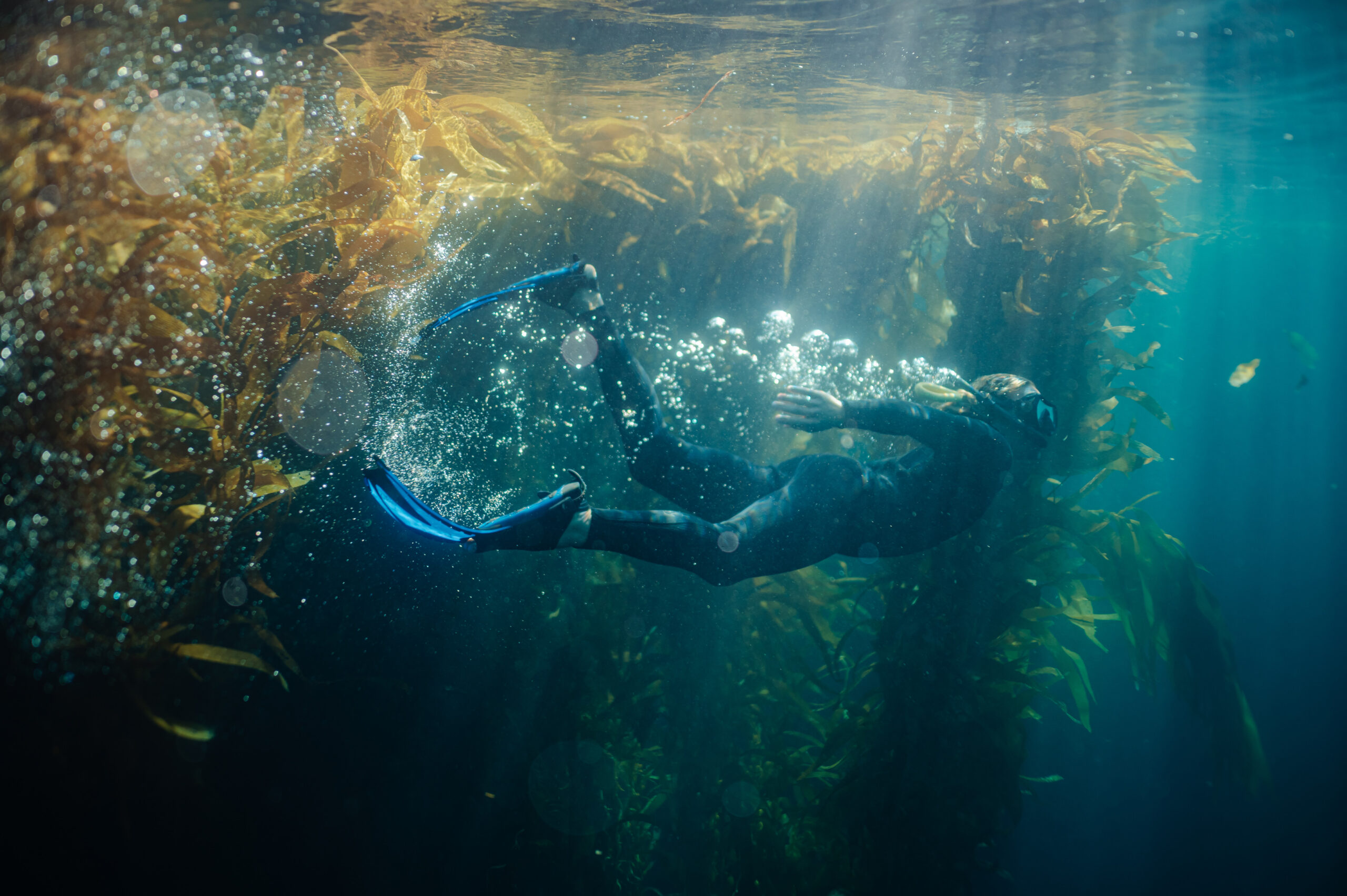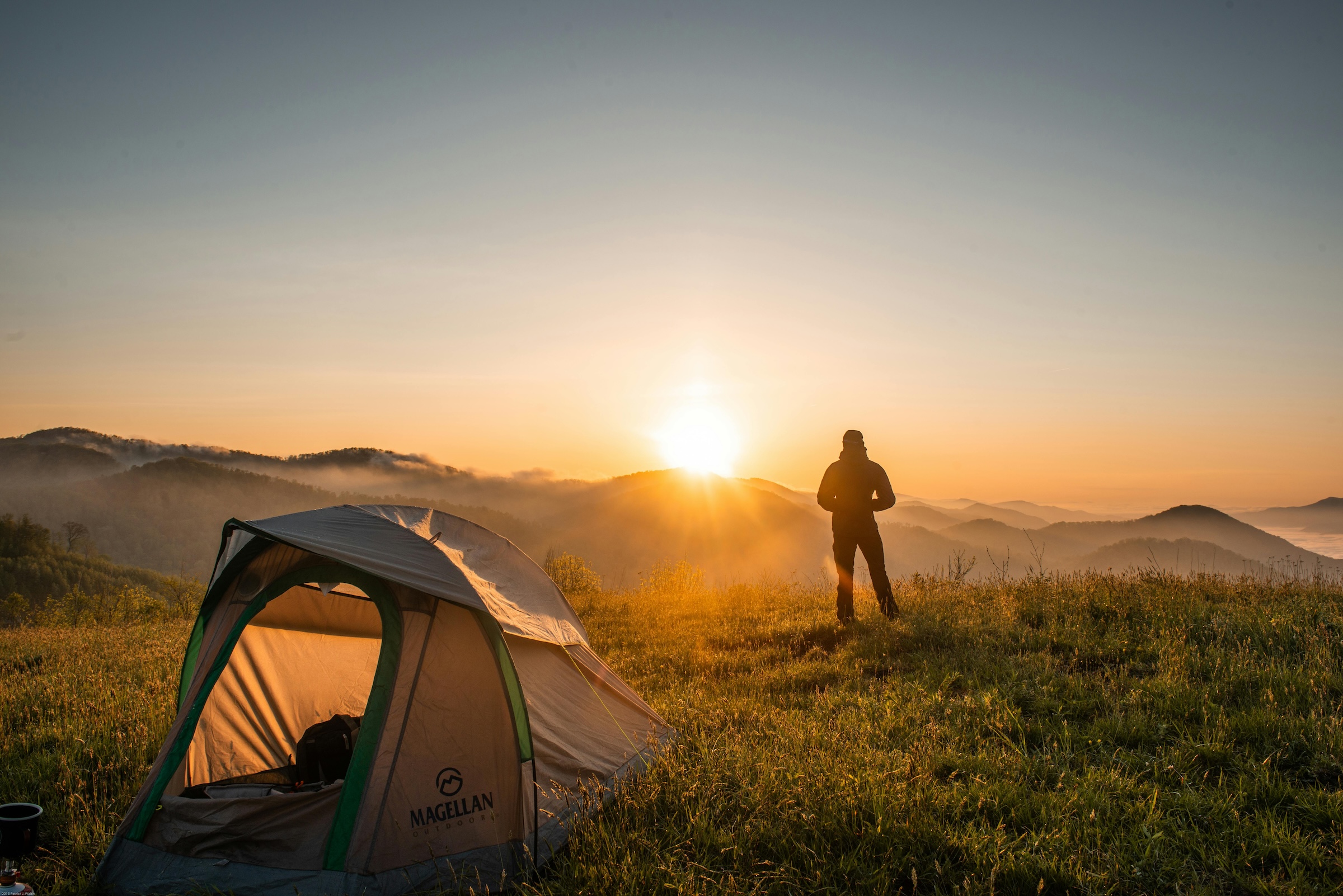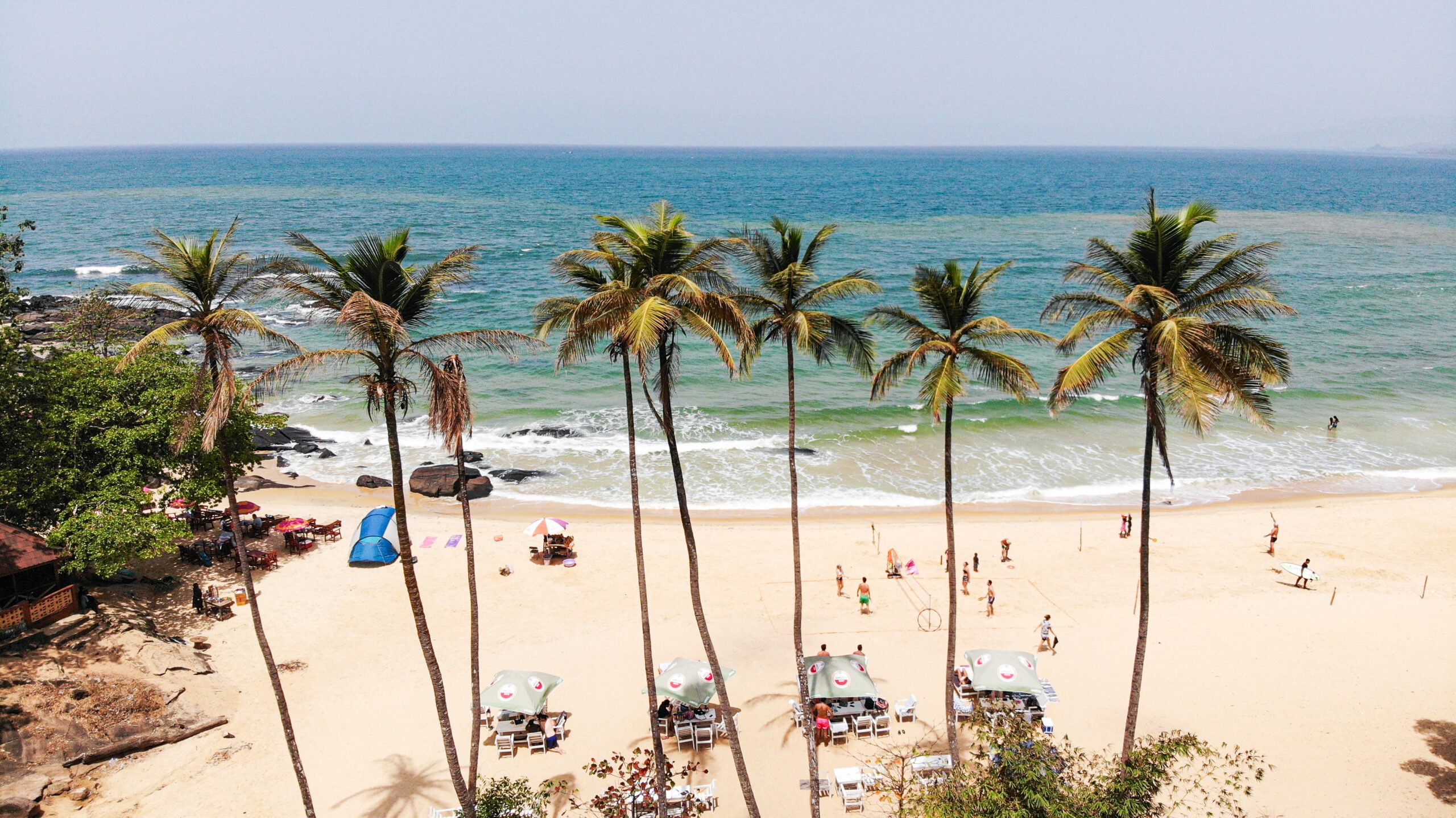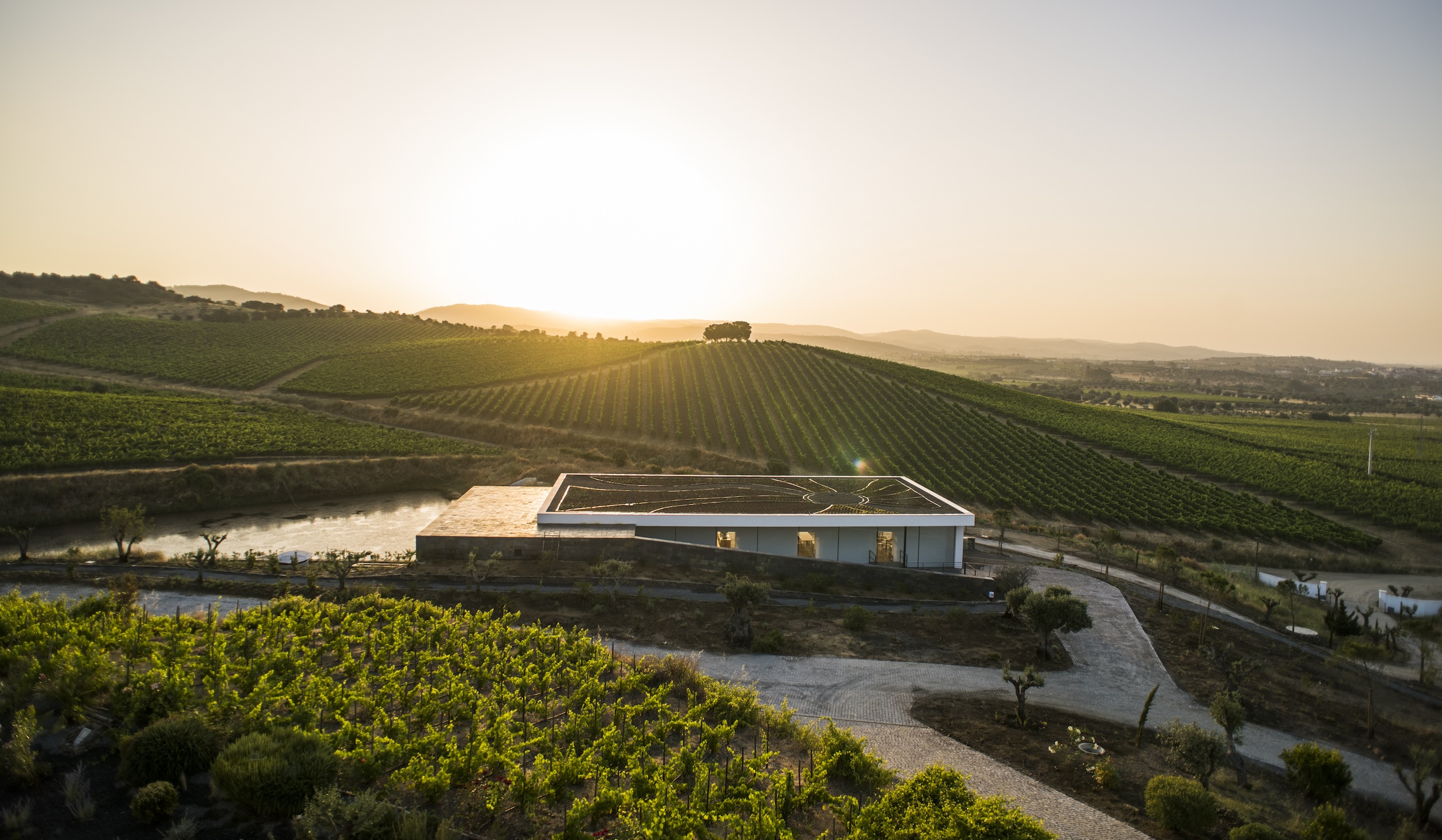“Ongoing monitoring is crucial to track changes and inform conservation strategies. Rising ocean temperatures and sea levels are key concerns.”
Deep within the saturated blues of the Pacific Ocean, seals and whales traverse giant kelp forests waving gently in the current. Above ground, the island fox and Scripps’s murrelet, a small seabird, scamper and float around a series of volcanic rocks. Known for its incredible biodiversity, the Channel Islands, located off the Southern California coast, have long been dubbed the “Galápagos of North America.” While an apt comparison, this breezy statement written casually by most journalists overlooks the complicated history of the island’s ecosystem, once trampled by human activity, now requiring human intervention to restore and conserve it in the face of a new human-induced threat: climate change.
To learn more about the history and future of the Channel Islands, I reached out to Annie Little, Supervisory Natural Resource Manager for this unique national park. Through an email interview, Little explained the complicated legacy of the island chain, why it was deemed worthy of protection, and how a changing climate threatens to disrupt decades of intense conservation work.
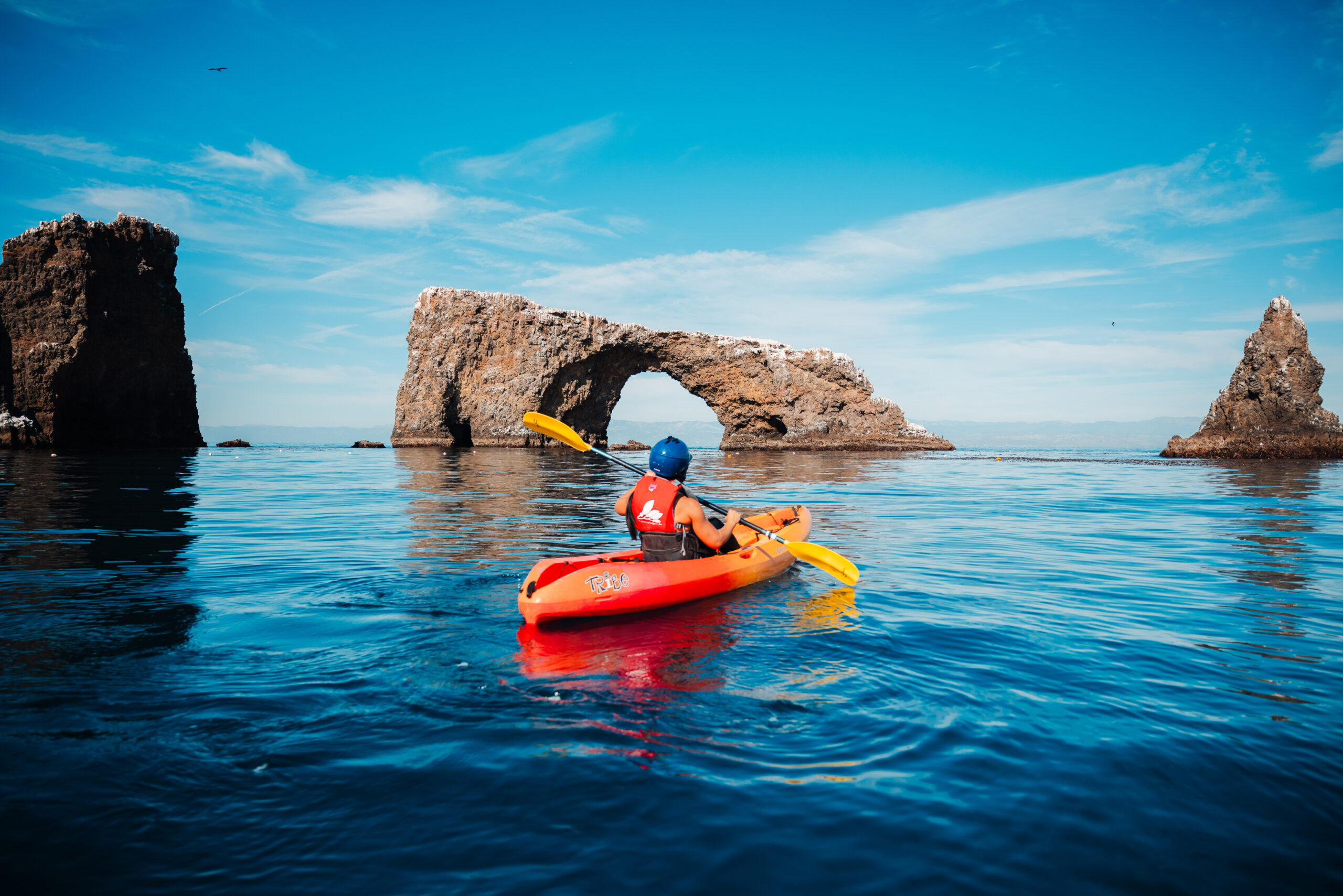
Courtesy of Visit Ventura Coast.
From Native Americans to Europeans, Humans Left Their Footprints
The Channel Islands consist of eight islands divided into two groups: the Northern Channel Islands and the Southern Channel Islands. The Northern Channel Islands include Anacapa, Santa Cruz, Santa Rosa, and San Miguel Islands, while the Southern Channel Islands comprise Santa Barbara, Santa Catalina, San Clemente, and San Nicolas Islands. Four islands once existed as a single volcanic landmass that glacial melt left partially submerged. Eventually it split into the chain that exists today.
Initially inhabited over 13,000 years ago, Native American tribes such as the Chumash thrived on fishing, trading, and travel by tomol, or plank canoe. By the 18th century, however, Europeans explored and colonized the Channel Islands primarily as stopping points for maritime exploration and trade along the California coast. The Spanish established missions and presidios on the mainland but did not heavily settle the islands themselves.
It was during the 19th century that settlers, first from England, and later the United States, started to establish permanent communities. They engaged in ranching, fishing, and agriculture as the secret of the islands’ fertile soil as well as rich marine resources spread. The islands also served as military outposts during periods of conflict, including the Civil War and World War II, with installations such as Fort Tejon and military training exercises. At one point, Prisoners Harbor housed literal prisoners, around 30 in 1830.
By 1938, however, President Franklin D. Roosevelt recognized the need to preserve this singular ecosystem, establishing the Channel Islands National Monument. Initially, it included only Santa Barbara, Anacapa, Santa Cruz, San Miguel, and Santa Rosa Islands.
In subsequent years, the monument evolved, culminating in 1980 with the passage by Congress of the Channel Islands National Park Establishment Act. The redesignation into the Channel Islands National Park included submerged lands and waters within one nautical mile of each island. This designation shifted the focus to conservation, scientific research, and eco-tourism.
Protecting the Rare and Endemic Species
In fact, the Channel Islands are considered the last vestiges of wild coastal California. The nearby confluence of ocean currents swirling around the islands brings nutrients from cold ocean depths into warm sunlight, building one of the most productive marine environments on earth. Giant kelp forests, seagrass beds, rocky reefs, and submarine canyons in the park are populated with more than 1,000 species of fish, invertebrates, and algae.
The park provides essential vital nesting and feeding grounds for more than 95 percent of the sea birds in southern California–some of which are extremely rare–on pristine sand beaches, rocky tide pools, and sheer cliffs. Twenty-six species of marine mammals, including blue whales, feed, transit, or raise their young in the park because they are near abundant food and are safer from human disturbance. In fact, the Santa Barbara Channel was just designated the 9th Whale Heritage area in the world for its diversity of marine life.
“Visitors to the park and marine sanctuary have an incredible opportunity to experience one of the most biologically productive marine ecosystems on our planet,” says Little.
While recognition of the park’s biodiversity led the drive to protect it, the islands required extensive work to restore them to a semblance of their native state.
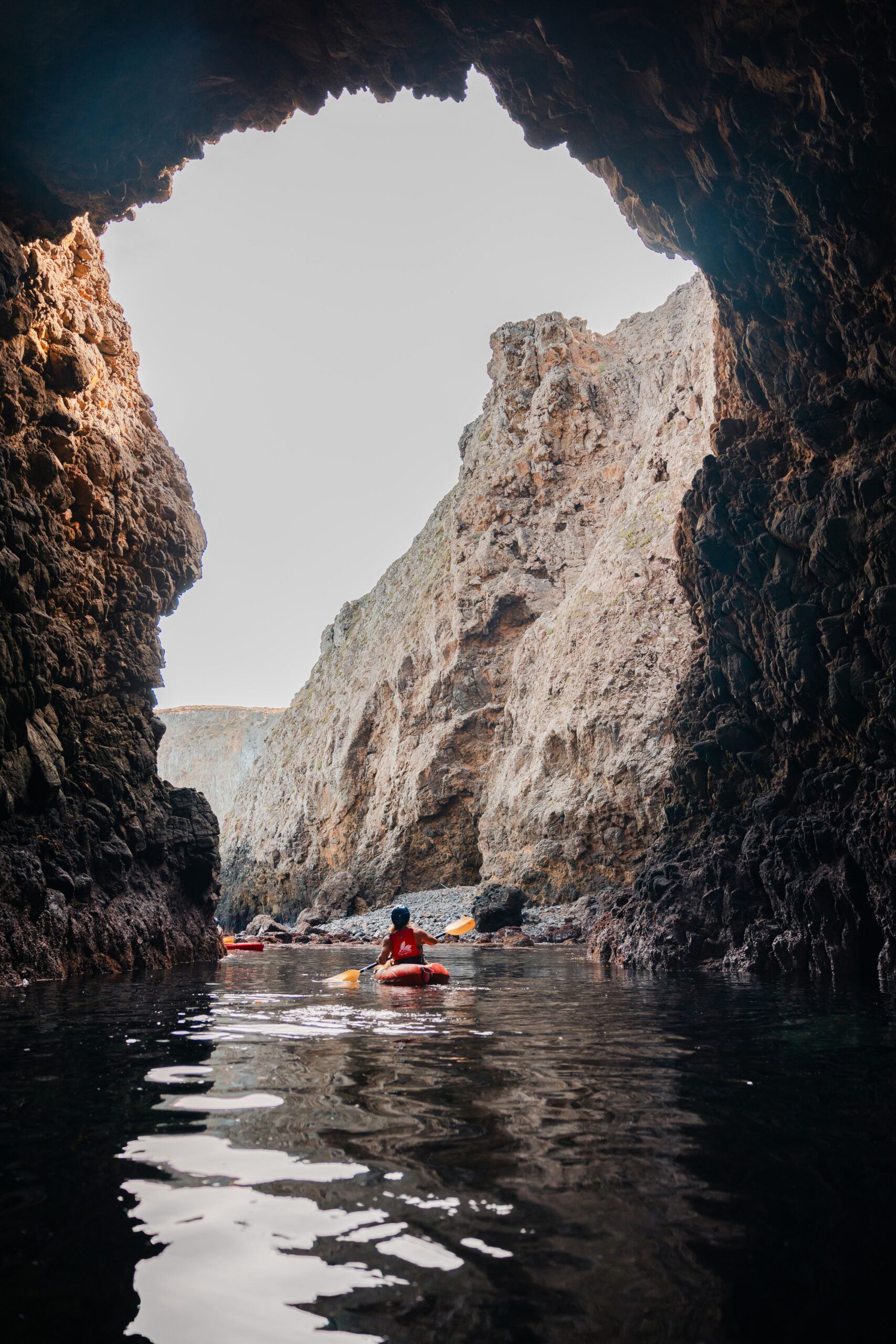
Kayaking in the Channel Islands. Courtesy of Visit Ventura Coast.
The Deleterious Effects of Human Activity
While harboring a dizzying array of endemic species, the Channel Islands were far from pristine. Prior human occupation had the unfortunate but inevitable effect of introducing invasive flora and fauna. Examples include fennel, which likely arrived intentionally in the 1800s. Easy dispersal by seed through wind, water, and animals into disturbed land, has allowed it to spread across landscapes and outcompete natives. Europeans brought rabbits for hunting purposes in the 19th century. Explosive growth in population – as rabbits do — caused significant damage to native vegetation. Meanwhile, black rats arriving on ships as stowaways damaged native bird populations by preying on eggs and young birds.
“The removal of non-native species can be technically complex, lengthy, costly, and controversial,” says Little. Yet, invasive species disrupt the delicate balance of native ecosystems and require tedious and careful monitoring and management.
“After decades of focusing on the removal of non-native animals from the islands including pigs, rats, cats, rabbits, deer, and sheep,” she says, “current restoration efforts have pivoted to habitat recovery and targeted restoration actions for rare, endemic species.”
Little points out that endemic plants, for example, are especially vulnerable to extinction since their range can’t expand beyond the park’s boundaries. Currently, the park supports 13 federally listed plants that require further continuous recovery efforts.
“Rare seabirds are also a focus, as is the restoration of unique habitats like the cloud forest on Santa Rosa Island which has not been able to recover on its own,” says Little, further underscoring the fact that once compromised by humans, it now takes human intervention to restore balance.
The Looming Effects of Climate Change
Approximately half of Channel Islands National Park is underwater. Marine Protected Areas have been established to safeguard this biodiversity, but climate change is creating new challenges through ocean acidification, intense storms, and warming waters.
“Ongoing monitoring is crucial to track changes and inform conservation strategies. Rising ocean temperatures and sea levels are key concerns,” she points out.
Above ground, changes in precipitation from intense rainfall to periods of drought and increased heat stress, can challenge the establishment of new native plants leading to lower survival rates and a vicious cycle of replanting. Heat stress also weakens plants, making them more susceptible to diseases, pests, and competition from invasive species. Advancement often comes at the pace of two steps forward, one step back.
Not all hope is lost, however. Little calls the work on the islands both a success story and a work in progress, and it will remain so in perpetuity. “Through efforts to restore native plant communities, we are building resilience within the island ecosystem to serve as long-term refugia for unique island species against the effects of climate change,” she says.
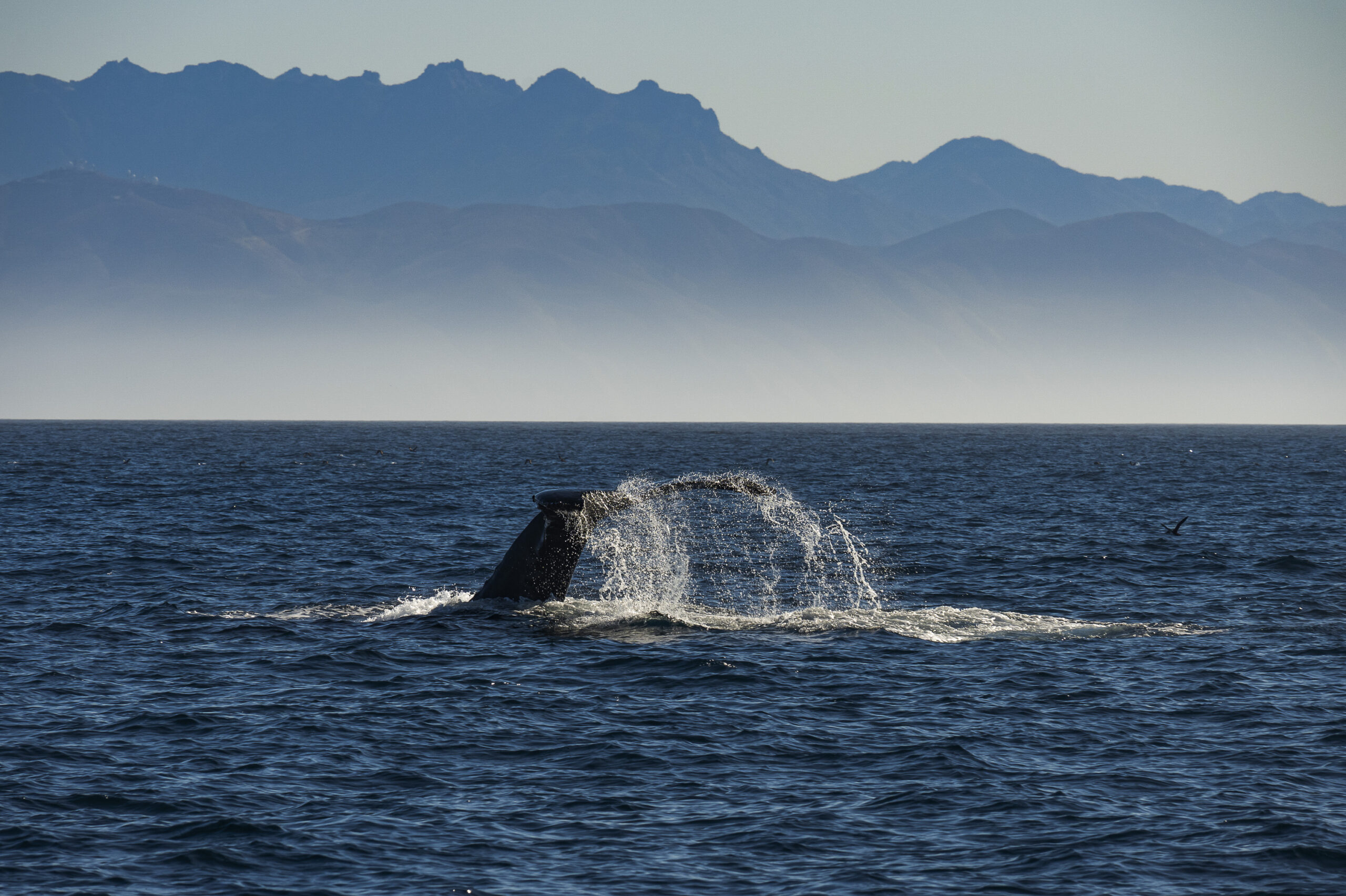
Whales along the coastal corridor. Courtesy of Visit Ventura Coast.
Should You Visit and How
The Channel Islands National Park serves as a living laboratory for scientific research and conservation. Part of that conservation, surprisingly, comes through eco-tourism. Though humans first set in motion the devolution of the native habitat, human interest through marine- and land-based activities, turns visitors into park ambassadors. Indeed, this author, who visited last winter, is now one of them.
The islands offer a remote and rugged experience, a chance to literally get away from it all and connect with the natural world in a way that’s seldom available on the mainland. As there are no services on the islands, from restaurants, hotels, to cars, visitors must bring their own food and water and carry out their trash.
The best way to visit is by ferry as a day trip. All five Channel Islands are accessible via ferries that run from Ventura Harbor. The park’s designated ferry company, Island Packers Cruises, travels to Santa Cruz and Anacapa Islands on a regular, year-round schedule.
Ferries also run from Ventura Harbor to the outer islands of Santa Rosa, Santa Barbara, and San Miguel between April and November, although the schedule is weather dependent. The journey to Santa Rosa and Santa Barbara takes around three hours while the trip to San Miguel Island tends to be around four hours.
Most visitors stay overnight at a hotel in Ventura County, then depart early in the morning on an Island Packers ferry to Santa Cruz Island. Unless camping or doing an extended hike, most will disembark at Scorpion Anchorage. Travel time to Scorpion is a little over an hour and Prisoners Harbor, on direct route is about one and a half hours. Frequently, boats land at Scorpion Anchorage to offload passengers and gear before continuing to Prisoners Harbor.
Santa Cruz is not only the easiest island to visit, but it’s loaded with picnic spots, scenic outlooks, and hiking trails, offering the chance to glimpse an island fox or the scrub jay, an endemic bird found nowhere else in the world.
Santa Cruz also has some of the park’s best water access, with beaches, surf spots, kayaking, snorkeling, and scuba diving opportunities. Island Packers also runs whale watching trips, though on my visit, I had a two-for-one– I hiked all day on the island, then watched in humble awe as dolphins, seals, and Pacific gray whales frolicked and fed in the waters beyond the boat on the return sail. A reminder that life above and below still thrives and deserves protecting.
Visit Channel Islands National Park for more information on the history, archaeology, native species of the islands, as well as fire risks, closures, and other closure announcements.
Visit Island Packers Cruises to explore the company’s range of island trips, wildlife cruises, kayaking and camping opportunities.
Visit Ventura County Coast to explore nearby lodging, dining, beach, and other activities.
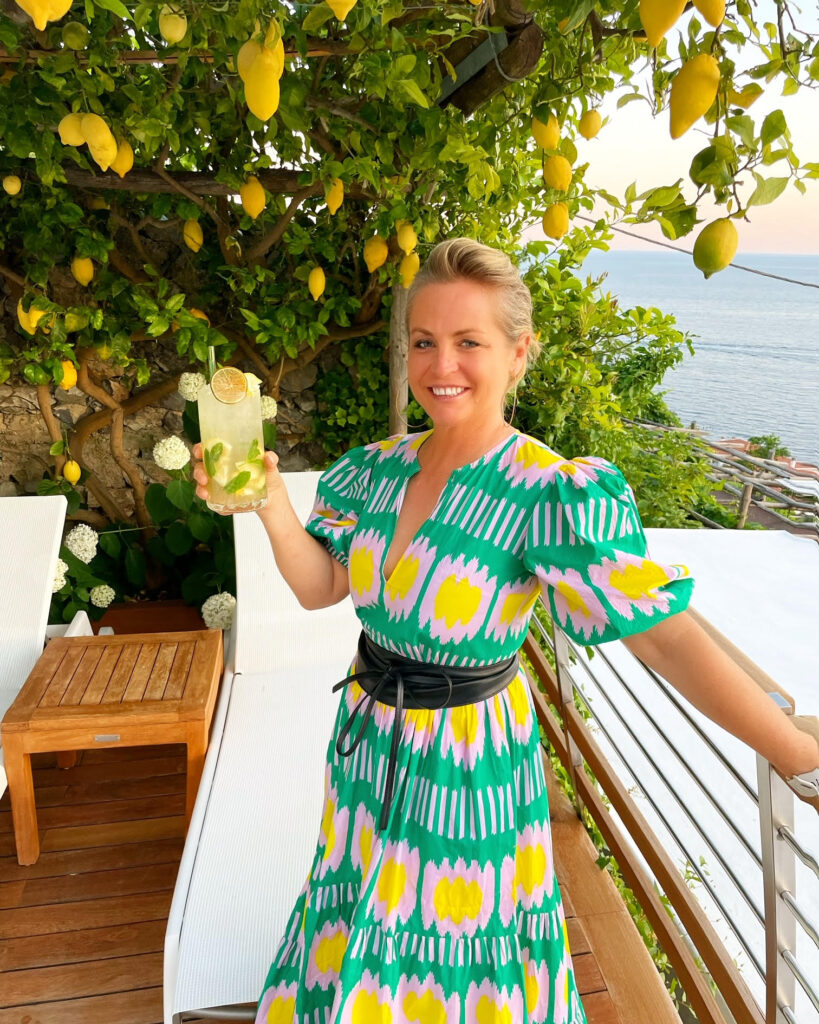
Founder and CEO of Azure Road, Lauren Mowery is a longtime wine, food, and travel writer. Mowery continues to serve on Decanter Magazine’s 12-strong US editorial team. Prior to joining Decanter, she spent five years as the travel editor at Wine Enthusiast. Mowery has earned accolades for her writing and photography, having contributed travel, drinks, food, and sustainability content to publications like Food & Wine, Forbes, Afar, The Independent, Saveur, Hemispheres, U.S. News & World Report, SCUBA Diving, Plate, Chef & Restaurant, Hotels Above Par, AAA, Fodors.com, Lonely Planet, USA Today, Men’s Journal, and Time Out, among others.
Pursuing her Master of Wine certification, she has also been a regular wine and spirits writer for Tasting Panel, Somm Journal, VinePair, Punch, and SevenFifty Daily. Mowery is a graduate of the University of Virginia and Fordham Law School, and she completed two wine harvests in South Africa.
Follow her on Instagram @AzureRoad and TikTok @AzureRoad


